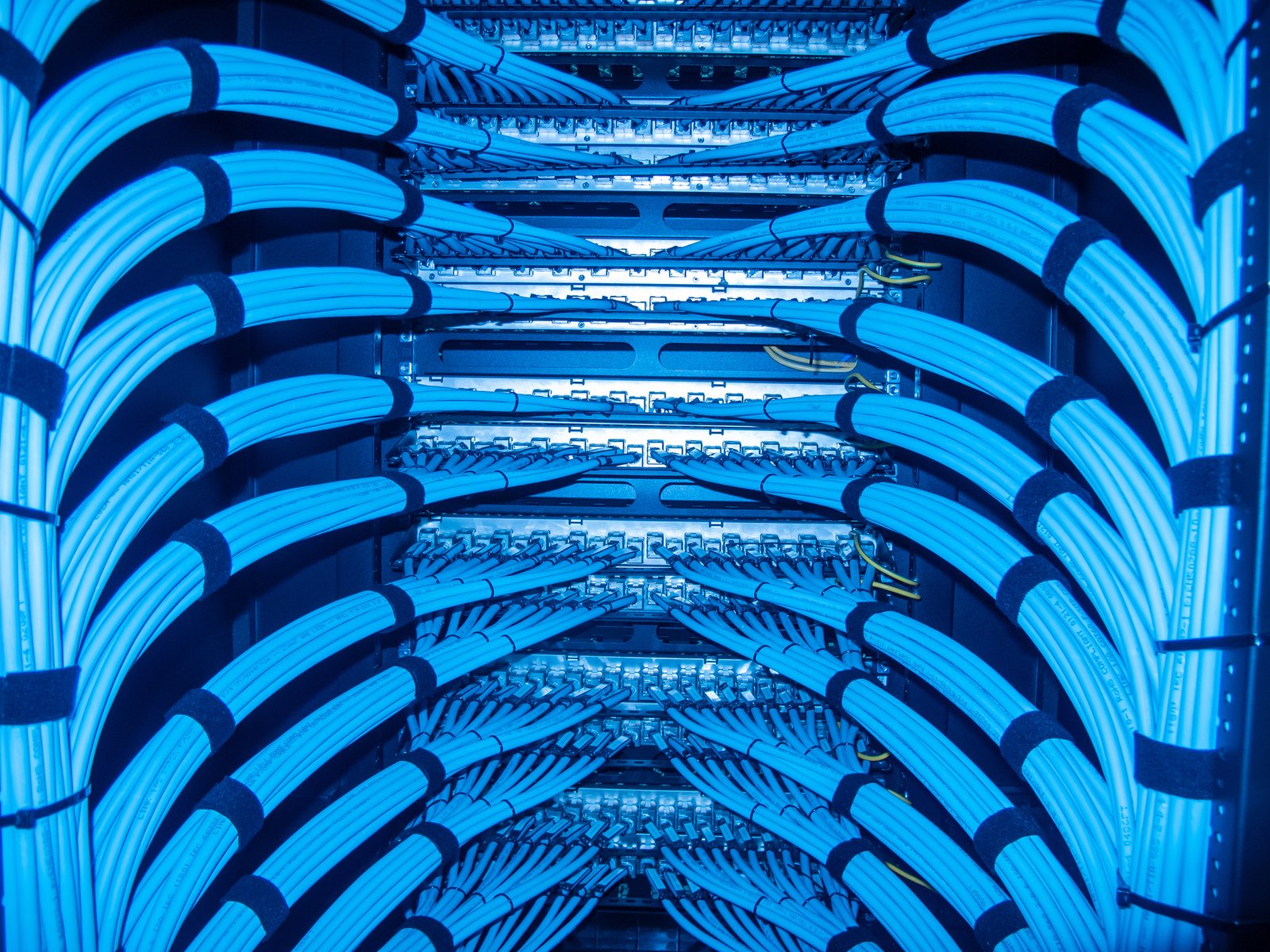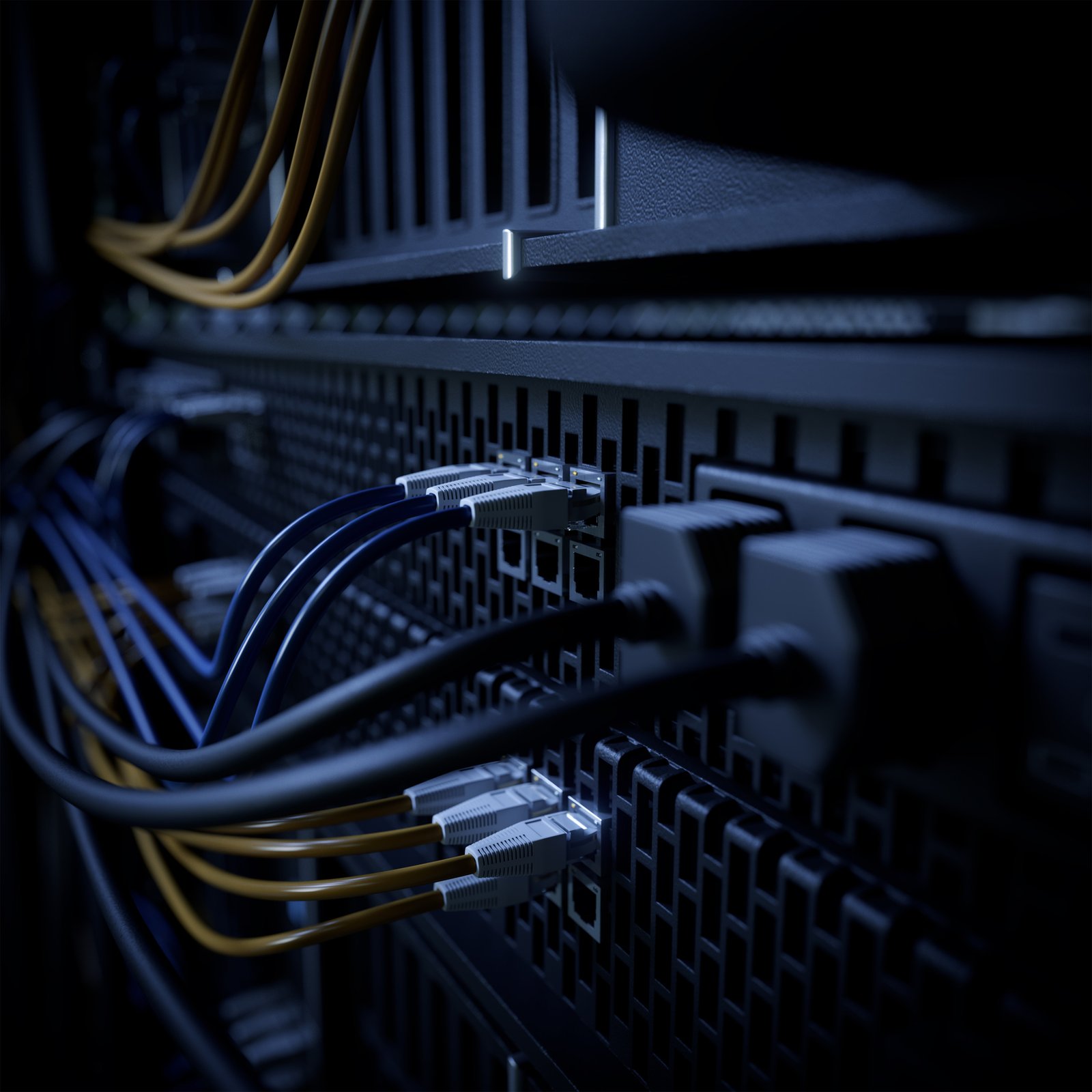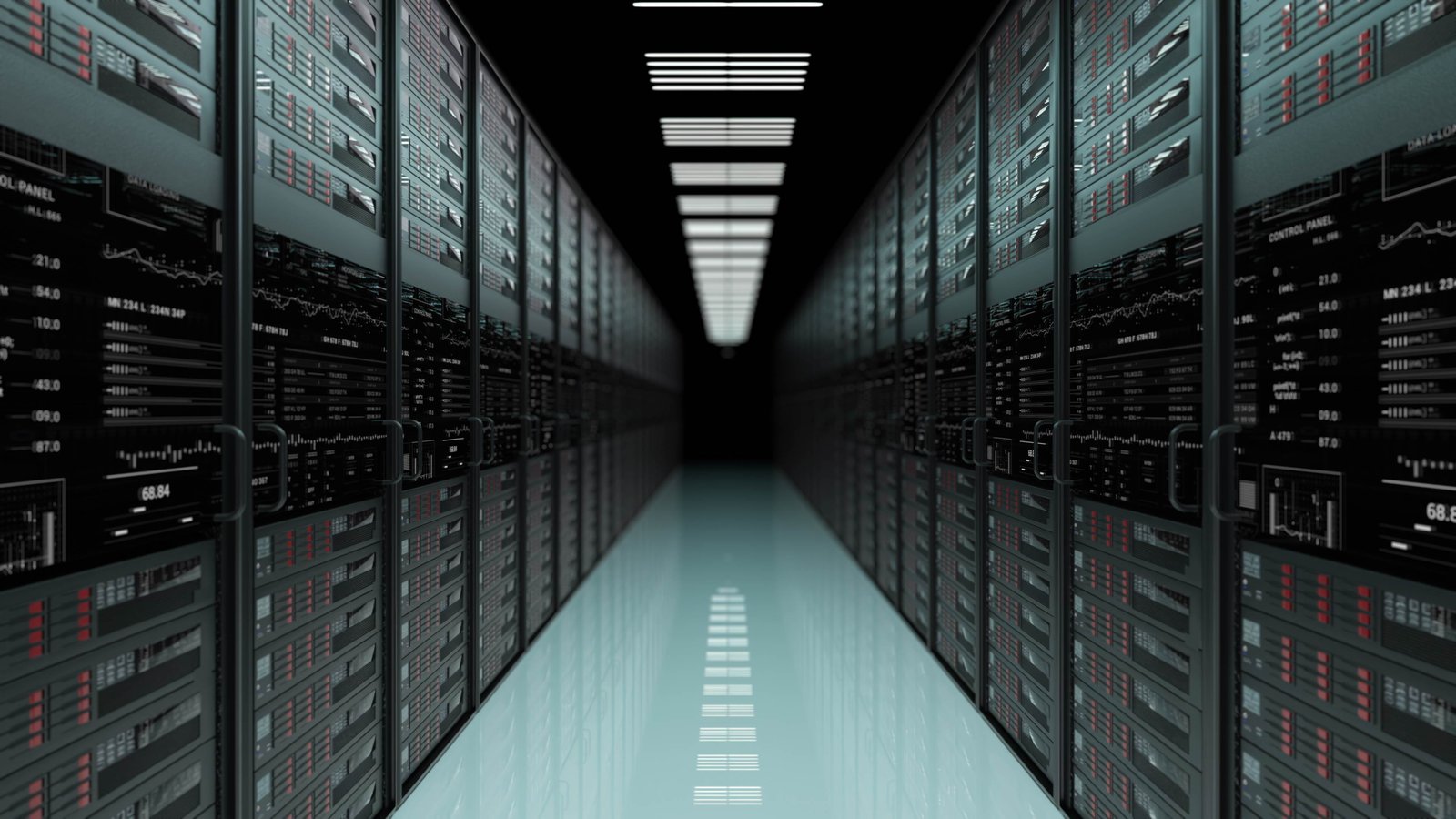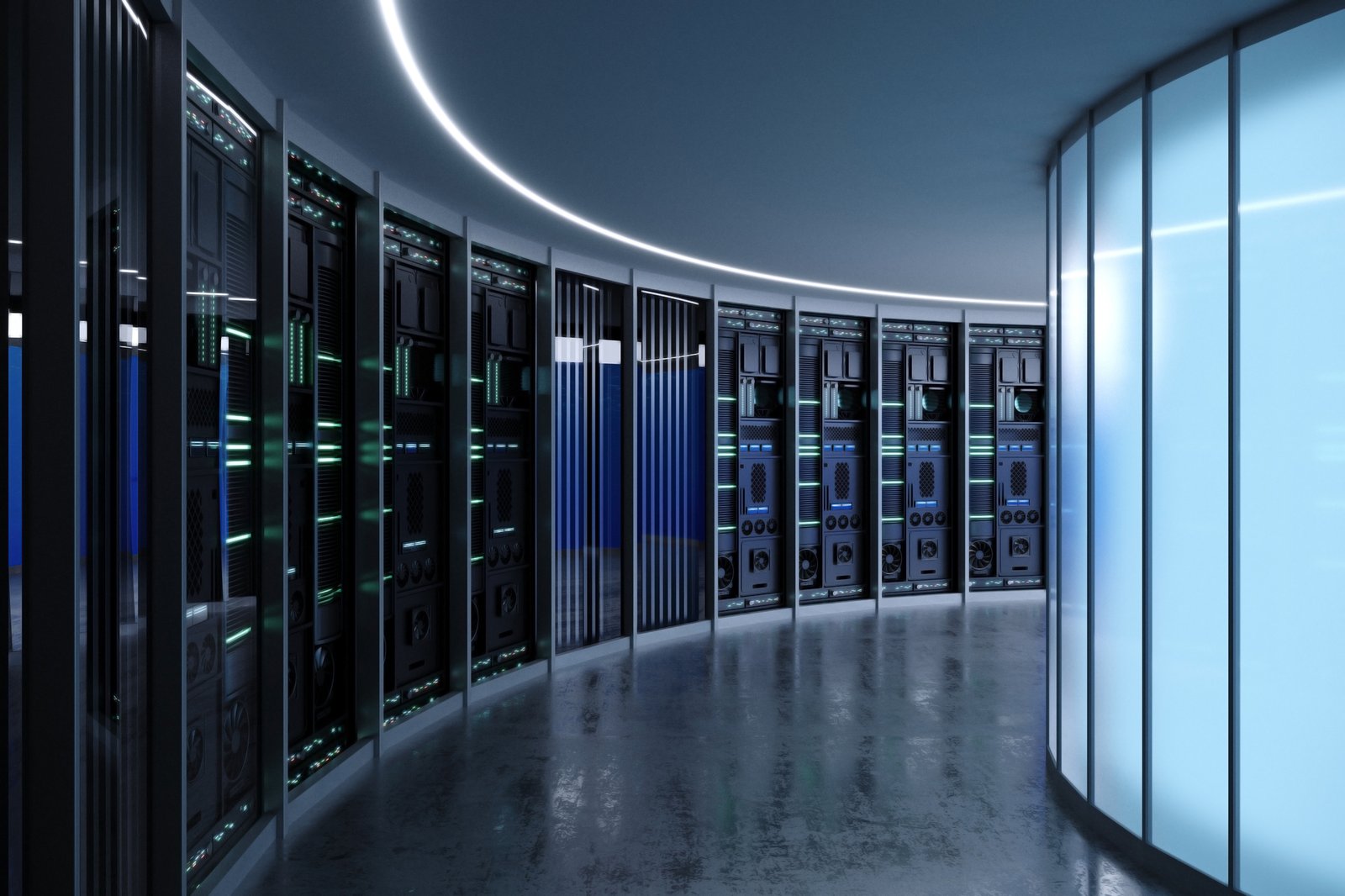In today's increasingly digital-first world, fiber optic cabling forms the backbone of modern data infrastructure, enabling lightning-fast data transmission and seamless connectivity.
As data centers grow in size and complexity, proper installation and maintenance of fiber optic cables become increasingly critical.
“With an estimated 100 billion plus web pages on over 100 million websites, data centers contain a lot of data. With almost two billion users accessing all these websites, including a growing amount of high bandwidth video, it’s easy to understand but hard to comprehend how much data is being uploaded and downloaded every second on the Internet,” says The Fiber Optic Association. “Every data center begins with fiber optic connections to the Internet, usually to several providers for redundancy.
Entrance facilities must be provided for multiple cables connecting to the outside communications networks. Incoming cables will terminate in racks with connections to routers that in turn connect to the servers hosted in the data center. These connections will carry vast quantities of data over single-mode optical fibers at 10-100Gb/s.”
In this article, we'll explore the best practices for installing and maintaining fiber optic cables in data centers, ensuring optimal performance, reliability, and scalability for years to come.
Planning and Design: The Foundation of Success
Before a single cable is laid, thorough planning and design are crucial for a successful fiber optic installation. This phase sets the stage for all subsequent steps and can make or break the entire project.
Start by conducting a comprehensive assessment of your data center's current and projected needs. Consider factors such as:
- Data transmission speeds
- Network capacity requirements
- Scalability for future growth
- Physical space constraints
- Budget considerations
By understanding these factors, you can design a fiber optic infrastructure that not only meets your immediate needs but also accommodates future expansion and technological advancements.
Choose the Right Fiber Type
Selecting the appropriate fiber type is crucial for optimal performance. The two main categories are:
- Single-mode Fiber: Supports only a single mode of light, meaning all light rays travel along the same path. This fiber has a smaller core (typically around 8.3 microns) and is ideal for long-distance transmissions, such as intercity or transoceanic networks. Single-mode fiber has several advantages including low signal attenuation, high bandwidth, and the ability to support longer distances without signal degradation.
- Multi-mode Fiber: Supports multiple modes of light, meaning light rays can travel along different paths within the core, which is larger than single-mode fiber, typically 50 or 62.5 microns. Multi-mode fiber is commonly used for shorter distances, such as within buildings or campuses. It is suitable for data centers, local area networks (LANs) and various industrial applications. Advantages include lower cost, easier to connect, and suitable for applications that don’t require extremely long distances.
The choice between single-mode and multi-mode fiber depends on the specific requirements of the application, such as distance, data rate, and cost. Consider your specific requirements and consult with experts to determine the best fiber type for your data center's unique needs.
Plan for Redundancy and Disaster Recovery
In mission-critical environments like data centers, redundancy is not a luxury - it's a necessity. Design your fiber optic infrastructure with redundant paths and backup systems to ensure continuous operation even in the face of hardware failures or cable damage.
Consider the following:
- Diversification: Ensure that the primary and backup paths follow different routes to minimize the risk of simultaneous failure due to common events like natural disasters or construction.
- Physical Separation: Physically separate the primary and backup cables to reduce the likelihood of damage from the same event.
- Loopback Protection: Implement loopback protection to automatically reroute traffic to the backup path in case of a failure.
Design the infrastructure to be modular and scalable to accommodate future growth and changes in requirements and consider future technologies and trends when designing infrastructure to ensure its longevity.
Installation: Precision and Care
With a solid plan in place, it's time to move on to the installation phase. Proper installation techniques are essential for maximizing the performance and longevity of your fiber optic infrastructure.
Handle with Care
Fiber optic cables are delicate and require careful handling during installation. Follow these best practices:
- Avoid excessive bending or twisting of cables
- Use proper cable management systems to support and organize cables
- Maintain minimum bend radius specifications to prevent signal loss
- Clean all connectors and endpoints before installation to ensure optimal light transmission
Use High-Quality Components
Invest in high-quality cables, connectors, and termination equipment. While it may be tempting to cut costs in this area, using subpar components can lead to poor performance, increased maintenance, and costly replacements down the line.
Proper Labeling and Documentation
Implement a comprehensive labeling system for all fiber optic cables and components. This practice will prove invaluable for troubleshooting, maintenance, and future upgrades. Maintain detailed documentation of your fiber optic infrastructure, including:
- Cable routes and lengths
- Connection points and patch panel locations
- Test results and performance metrics
Conduct Thorough Testing
After installation, perform comprehensive testing to ensure all connections meet or exceed industry standards. Use appropriate testing equipment to measure:
- Insertion loss
- Return loss
- Optical time-domain reflectometer (OTDR) readings
Document all test results for future reference and troubleshooting.
Maintenance: Ensuring Long-Term Performance
The work doesn't end once your fiber optic infrastructure is installed. Regular maintenance is crucial for ensuring optimal performance and longevity.
Implement a Proactive Maintenance Schedule
Develop and adhere to a proactive maintenance schedule that includes:
- Regular visual inspections of cables and connectors
- Periodic cleaning of connectors and endpoints
- Performance testing to identify potential issues before they become critical
- Updating documentation to reflect any changes or upgrades
Keep It Clean
Cleanliness is essential in fiber optic systems. Even microscopic dust particles can cause significant signal loss. Establish strict cleaning protocols for all fiber optic components, including:
- Use appropriate cleaning tools and solutions designed for fiber optics
- Clean connectors before every connection or reconnection
- Train staff on proper cleaning techniques to avoid damaging delicate components
Monitor Environmental Factors
Data center environments can be harsh on fiber optic cables. Monitor and control environmental factors that can impact performance:
- Temperature fluctuations
- Humidity levels
- Exposure to UV light
- Physical stress from nearby equipment vibrations
Stay Current with Industry Standards
The world of fiber optics is constantly evolving. Stay informed about the latest industry standards, best practices, and technological advancements. Regularly assess your infrastructure against these standards and plan for upgrades when necessary.
Futureproofing: Preparing for Tomorrow's Demands
As data centers continue to evolve, so too must their fiber optic infrastructure. Implementing a future-proof strategy ensures your data center remains competitive and capable of meeting growing demands. You should consider:
- Plan for Higher Bandwidths: Design your fiber optic infrastructure with higher bandwidths in mind. While your current needs may be met with 10Gbps or 40Gbps connections, planning for 100Gbps or even 400Gbps capabilities can save significant time and resources in the future.
- Software-Defined Networking (SDN) Explore the integration of software-defined networking solutions with your fiber optic infrastructure. SDN can provide greater flexibility, scalability, and management capabilities for your data center network.
- Embrace Modular Design: Implement a modular approach to your fiber optic infrastructure. This design philosophy allows for easier upgrades, expansions, and reconfigurations as your data center's needs change over time.
Partnering with DCS for Success
Implementing best practices for fiber optic cables in data centers is complex but crucial. Following these guidelines ensures optimal performance, reliability, and scalability of your network infrastructure.
Partnering with experts like DCS can make a significant difference in navigating the intricacies of fiber optic systems. With our consultative approach, domestic manufacturing, and partnerships with leading switch manufacturers, we're uniquely positioned to deliver tailored, end-to-end connectivity solutions.
Contact DCS today to learn how we can help design, install, and maintain a fiber optic system that will serve as the foundation for your data center's success for years to come.










